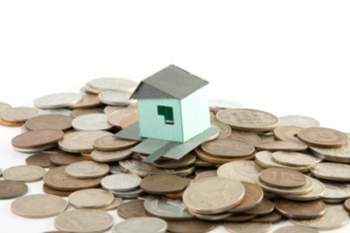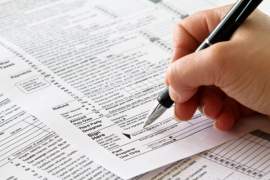
What to Know About Real Property Tax Caps

Property Tax Cap Background
Real property taxes are the main revenue source for local governments. The funds collected by levying these taxes enable a community to offer public services to its citizens. Real property taxes are very elastic however; changes in the economy or housing market will directly alter an individuals annual tax rate.
If the market is booming and demand for property is high, the tax levied can swell. An increased property tax rate does not adjust with inflation or wages; this in turn can create a financial strain on a landowner. The property tax cap was created tomitigate this strain.
Implementation:
America's tax system is effectively fragmented, to allow individual communities the ability to implement a real property tax cap based on its individual necessity. The basic function of a tax cap is to limit the yearly increases of the real property tax rate. The reasons, however, differentiate between a jurisdiction's needs.
A local government will institute a tax cap based on the operating budget, the community's property values, the need for public services, the healthiness of the economy, or to increase the citizen's disposable income. When a property tax cap is instituted the individual land owners will be guaranteed either a fixed rate of payment, or a limit to which the rate increases.
The goal of the community by implementing such a policy is to curb financial strain through increased rates, and increase disposable income. When a landowner can save money through stabilized property taxes he/she will inevitably pump the money back into the community through consumption or investment. Property tax caps also are crucial for businesses. If a corporation is at the mercy of increasing property tax rates they will be forced to fire employees or limit production to cut costs. Given the need, a property tax cap can aid in stabilizing production, employment, and consumption through increased disposable income.
Real Property Tax Funding of Public School Statistics and Trends:
The long term effects of the real property tax will waver based on rates, the presence of tax caps and inflation, and percentage of annual increases. The direct effect of the property tax in relation to an individual's bank account will not be readily noticed, but instead, tangible in regards to percentage increases and long term effects imposed. Statistics and trends of the real property tax vary greatly based on a state's characteristics. Is the land densely populated? Is the area desirable?
Does the state consolidate public services or are the towns fragmented in terms of public schools, police enforcements etc? All of these variables will directly effect that amount of taxation a property owner is forced to pay. The real property tax is directly proportional to population, economic factors, desirability, and income of the area.
New Jersey for example, a state that contains the highest population density and the largest percentage of public schools per population has the highest property taxes in the nation. Property tax caps are also rare in the state, and the amount of annual increase can be exorbitant. When compared to a state such as Alabama, the differential in the real property tax levied is astronomical.



















